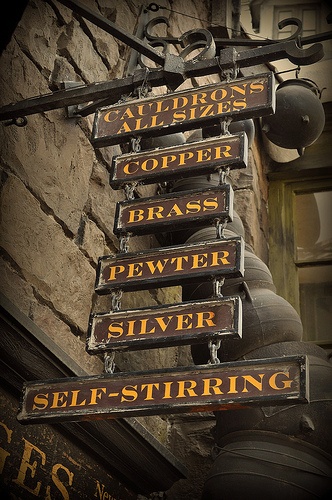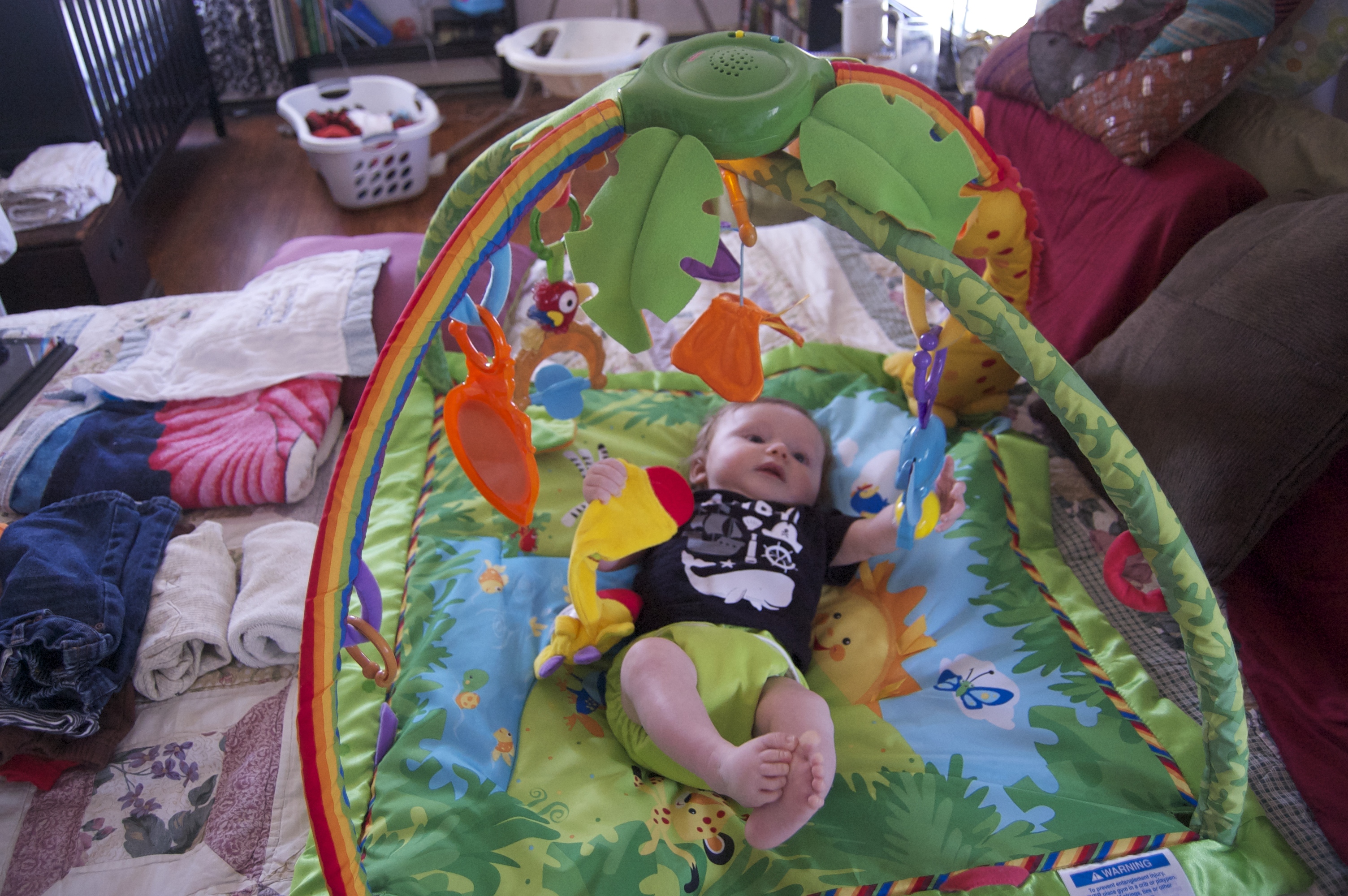I probably should have mentioned this earlier, but better late than never: Hey readers! At the end of November, I finally finished the first draft of the final book in the Resistance trilogy.
https://www.instagram.com/p/BBx32oXwhx8/
It’s been a long time coming. The second book, The Eagle & The Arrow, was released just around the time I found out I was pregnant with my son. After that, I slowed down in the creativity department.
(I’d always assumed that pregnancy would be a time of quiet reflection and creativity for me. Yeah, no. It turns out that I, personally, cannot gestate a baby and a novel at the same time.)
Anyhow, now that the baby is no longer a baby, but a toddler, my third book is nearly finished. But it’s a draft, and my editor asked to see it by the end of this month. (Which is something I remembered at the end of last month.) So my big job this month is to revise that sucker, a set number of pages a time, through the month of February. I started this project February 2, and am more than halfway through with the revision. I’ve been doing it after work, and during nap times, and although sometimes it’s the very last thing I want to be doing after dinner, I’m amazed at how quickly this revision is moving along.
This is only the first step, though. I still need to read through the first and second books to make sure this book — written more than 10 years after Beware the Hawk was written and four years after the second one was written — makes sense. I’m dreading that part because I like reading my writing as much as most people like listening to recordings of their own voices.





